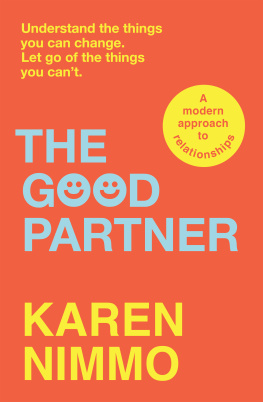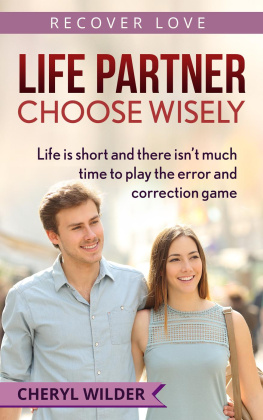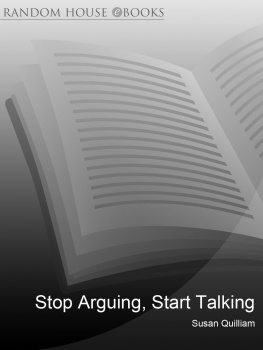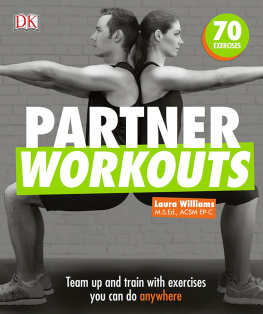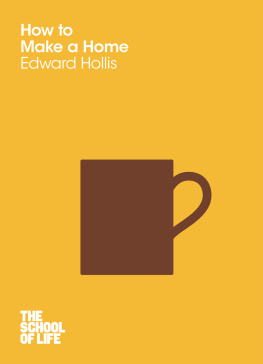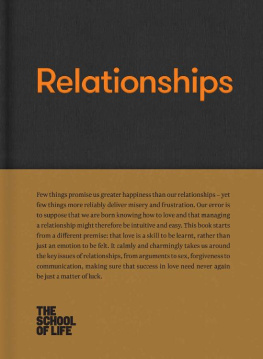1. Understanding
Choosing a romantic partner is one of contemporary lifes biggest adventures. Embark on the quest and we may meet fascinating people as well as some who make us crazy; we may rise to emotional heights as well as sinking into fury, fear and depression; we may lose direction completely before at last we find our way to love.
The real challenge is that we grow. Partner choice is a self-development journey, driving us to learn more about ourselves, about other people, about life and the way we want to live it. Take all that on board and we start to realize just how big an adventure choosing a partner is.
What we may not realize is just how much bigger and more difficult that adventure is now more than ever before in history. For up to now, humankind has been sensible about partner choice. Of course lust and romance have had much to do with it especially around affairs, liaisons or simple flings. But for serious lifetime pairing, people have historically leaned away from the romantic and towards the pragmatic. The rich have typically chosen a partner for honour, for fortune, for political expediency and to preserve the hereditary line. The less rich with less to protect have had more leeway to let hearts rule heads, but have still needed to guarantee financial security, secure practical support and bear children to provide for later years.

The Arnolfini Portrait by Jan van Eyck, a celebration of uber-traditional marriage with one main aim an heir.
Even in the glorious Age of Chivalry, when a knights love for his lady was a key life aim, no one ever suggested that romance should lead to commitment; in the Court of King Arthur, Lancelot and Guineveres real crime was not so much in adoring each other as in trying to make their adoration the basis for a 24/7 relationship. As historian Stephanie Coontz points out in Marriage, a History, while people have always enjoyed a love story, up until very recently our ancestors didnt live in one.
An emotional revolution
Fast forward to the twentieth century and romance became an imperative. Claire Langhamer, in her book The English in Love, explains that this emotional revolution had been simmering for a while, but was fully triggered into being by many and varied social changes though who knows which of these was cause and which effect. The introduction of the contraceptive Pill making partnerships less focussed on procreation and more on emotional connection? Women becoming more educated, more highly paid and therefore more able to exit loveless marriages? The slaughter of two World Wars encouraging us to seize the day and prioritize short-term intensity over long-term commitment? The rise of social liberalization, mass education, global communication? The fall in religious belief, the rise of individual entitlement, the passing of divorce laws?
Whatever the reasons, somewhere around the mid years of the last century, partnership became universally and inextricably linked with love. And that has tossed all the jigsaw-puzzle pieces into the air. For the first time, passion sexual and emotional has become the primary benchmark for relationship success. Think of the famous opening line of Jane Austens Pride and Prejudice: It is a truth universally acknowledged, that a single man in possession of a good fortune must be in want of a wife. Then compare that with the 1949 pronouncement by Rev. Herbert Gray, chair of the National Marriage Guidance Council, that the only sufficient reason for marrying is that you... love somebody... Where matrimonial ads in the mid-1900s when my own mother was making her partnership decisions marketed prospective mates on their cleanliness, honesty and weekly wage, our contemporary equivalent, online dating sites, now trumpet the glories of Chemistry, Encounters and being Soulmates.
Reality hits
All of which sounds enticing. But the realitys more problematic. For we now approach partner choice with bigger expectations, deeper confusion and heavier pressure than ever before. Blending love into the relationship mix may have promised fulfilment but its created huge challenges.
The first issue is that we need to make more choices more often. Centre-staging love means were likely to want to walk away from a relationship if the romance dies, while less insistence on marriage plus more liberal divorce laws means we can do so far more easily. The result is that we now have not just one window of partner choice at biological maturity with an additional window if a spouse dies but on average five windows through a lifetime. We may choose in our teens for first love, in our twenties for first commitment, in our thirties for parenting partnership, in our forties for post-divorce companionship, with a final choice for relationship support to take us through to death. All that plus any additional liaisons.
Now set this increased need against decreased opportunity. We meet fewer partners because we are more globally mobile; as never before we move house, change jobs, relocate to new countries. We have less chance to create partnerships because we work long hours then travel home, in different directions, to socially isolated conurbations. Plus, were less resourced to find and choose a partner because were less supported; we take the practical and emotional burden on our individual shoulders far more than when we only had to decide between marrying the boy/girl next door or the one further up the street. The final outcome of this blend of more demand and less supply? Meeting a mate has rarely been so challenging.
Happy endings?
And rarely so important. As never before, loving coupledom is now regarded as the key task of the human lifetime, and even more vital because we live in a fractured and isolated society. Cue that wise verse in Genesis where God says it is not good for man to be alone.
Which leads us to another problem. For now, religion has less and less place in loving relationships, just as it has in the human psyche, to the point where not only is God absent from partnership but partnership has become more significant than God. Philosopher Simon May, in his book Love: A History, explains that where once we sought meaning in the divine, now that we can no longer find such meaning, we seek it elsewhere. Partnership is the source which is now expected to deliver all the hope and happiness that we originally expected to get from the deity.

When you think about choosing a partner, do you envision a quest, a crusade, a battle, a treasure hunt... or a stroll in the park?
Now, when we commit to someone, were seeking a God-substitute which means they have to be perfect. Then we have to become perfect God-substitutes for them, offering unconditional, everlasting and utterly selfless love. Coupledom has become not only a matter of practical support, continuing the line or personal fulfilment; its now the route by which we gain sanctity and everlasting redemption.
Surely thats impossible? Well, of course it is. Even in theory we cant reach the ideal expressed by philosopher Friedrich Schlegel: through love, humanity returns to its original state of divinity. And in practice we have regular proof of how implausible that aim is. Proof in our own imperfect relationships, proof in the daily media coverage of failed celebrity partnerships, proof in the divorce figures that over recent years have reached 70 per cent in some European countries and that doesnt include the endings of unmarried, therefore undocumented, relationships.


